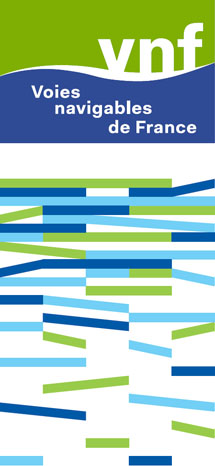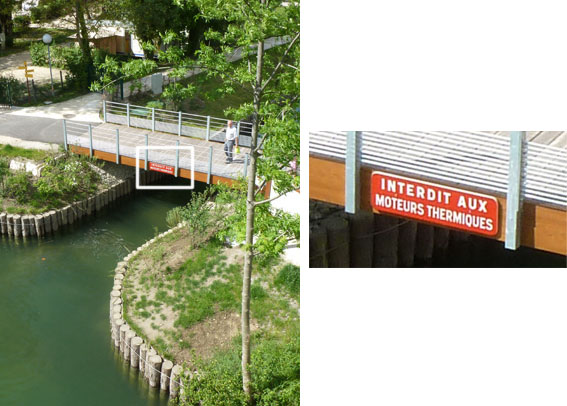VNF’s summary report on its activities in 2012 devotes one of its 10 chapters to the tree-replanting programme and corporate patronage approach to funding the €200 million restoration of the Canal du Midi’s characteristic landscape.
VNF reports (in its New Year press release) that it felled 1668 plane-trees condemned by canker stain in 2012, and replanted 68: the uninformed reader immediately sees a ‘deficit’ of 1600 trees. This sad statistic, however inevitable in view of the experimental nature of the first replanting operations, is like a wake-up call. The tree-felling and replanting debate – and the questions surrounding the should not become an excuse for inaction in other areas.
This is one of many concerns expressed by the Toulouse Waterway Information Network, a grouping of waterway interests in SW France. The network (Réseau Fluvial Toulousain) is challenging local and regional politicians to come up with a robust and workable plan to develop the waterway economy. It is convinced that France in general – and in this case SW France – possesses unique skills, resources and capability to make the canal economy more vibrant, and create more jobs, generate more income.
They say this is what the World Canals Conference* should be all about, and call for a debate to be held in the context of this international conference, a debate which should leave no stone unturned in the search for viable management models and economic development for our canals and rivers.
A properly-planned future for the Canal des Deux Mers should be an issue in the 2014 municipal elections, and the réseau hopes that candidates will state their positions in their manifestos.
* Salons Vanel, Toulouse, 16-19 septembre 2013 – see the WCC web site







